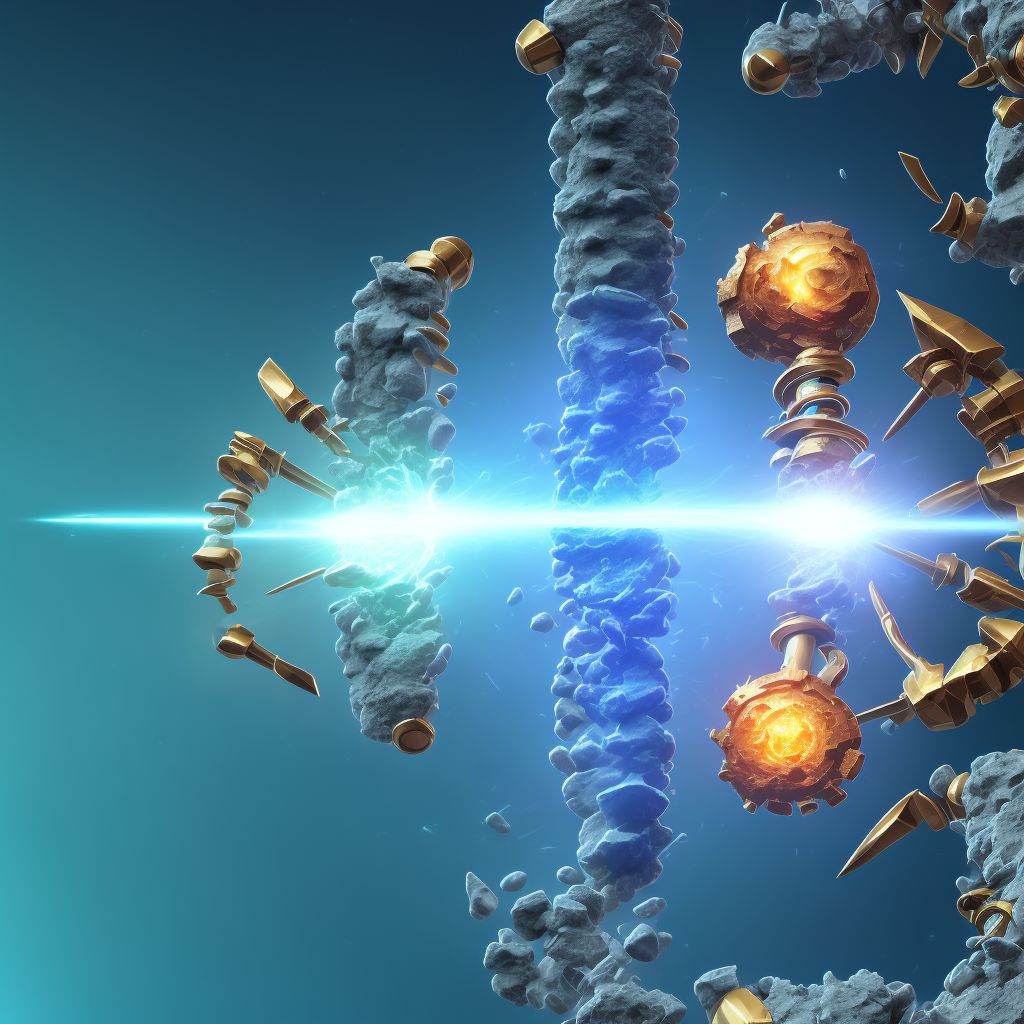
Displaced spiral fracture of shaft of right tibia, subsequent encounter for closed fracture with routine healing Save
ICD-10 code: S82.241D
Disease category: S82.241: Displaced spiral fracture of shaft of right tibia
Displaced Spiral Fracture of Shaft of Right Tibia: Understanding the Healing Process
When it comes to bone fractures, one specific type that can occur is a displaced spiral fracture of the shaft of the right tibia. This injury is characterized by a break in the long bone of the lower leg, where the fracture line spirals around the bone.
After the initial diagnosis and treatment, patients often encounter subsequent visits for closed fracture with routine healing. It is crucial to understand the healing process of this type of fracture to ensure a smooth recovery.
- Inflammatory Phase: After the fracture occurs, the body's natural response is to initiate the inflammatory phase. During this phase, blood vessels constrict to minimize bleeding, and the injured area becomes swollen, painful, and bruised.
- Soft Callus Formation: As the inflammation subsides, the body starts to form a soft callus around the fracture site. This callus acts as a temporary splint, providing stability and support to the broken bone.
- Hard Callus Formation: Over time, the soft callus is gradually replaced by a hard callus. This process involves the deposition of calcium and other minerals, which strengthen the bone and bridge the fracture site.
- Remodeling: The final phase of the healing process is remodeling, where the bone undergoes structural changes to restore its original strength and shape. This process can take several months to complete, and it involves the removal of excess callus material and the reorganization of bone tissue.
During subsequent encounters for closed fracture with routine healing, medical professionals will closely monitor the progress of the fracture. Regular check-ups, imaging, and physical examinations are conducted to assess the healing process and ensure that no complications arise.
It's essential for patients to follow the prescribed treatment plan, which may include immobilization, rest, pain management, and physical therapy. Compliance with these measures can significantly contribute to a successful recovery.
In conclusion, a displaced spiral fracture of the shaft of the right tibia requires careful attention and proper understanding of the healing process. With routine healing, patients can anticipate a gradual but steady recovery, supported by medical supervision and adherence to the recommended treatment plan.
Treatment of Displaced spiral fracture of shaft of right tibia, subsequent encounter for closed fracture with routine healing:
Treatment Options for Displaced Spiral Fracture of Shaft of Right Tibia
When it comes to recovering from a displaced spiral fracture of the shaft of the right tibia, there are several treatment options available. This type of fracture occurs when the bone breaks in a twisting motion, resulting in a spiral-shaped break. Treatment for this condition typically involves immobilizing th...
To see full information about treatment please Sign up or Log in